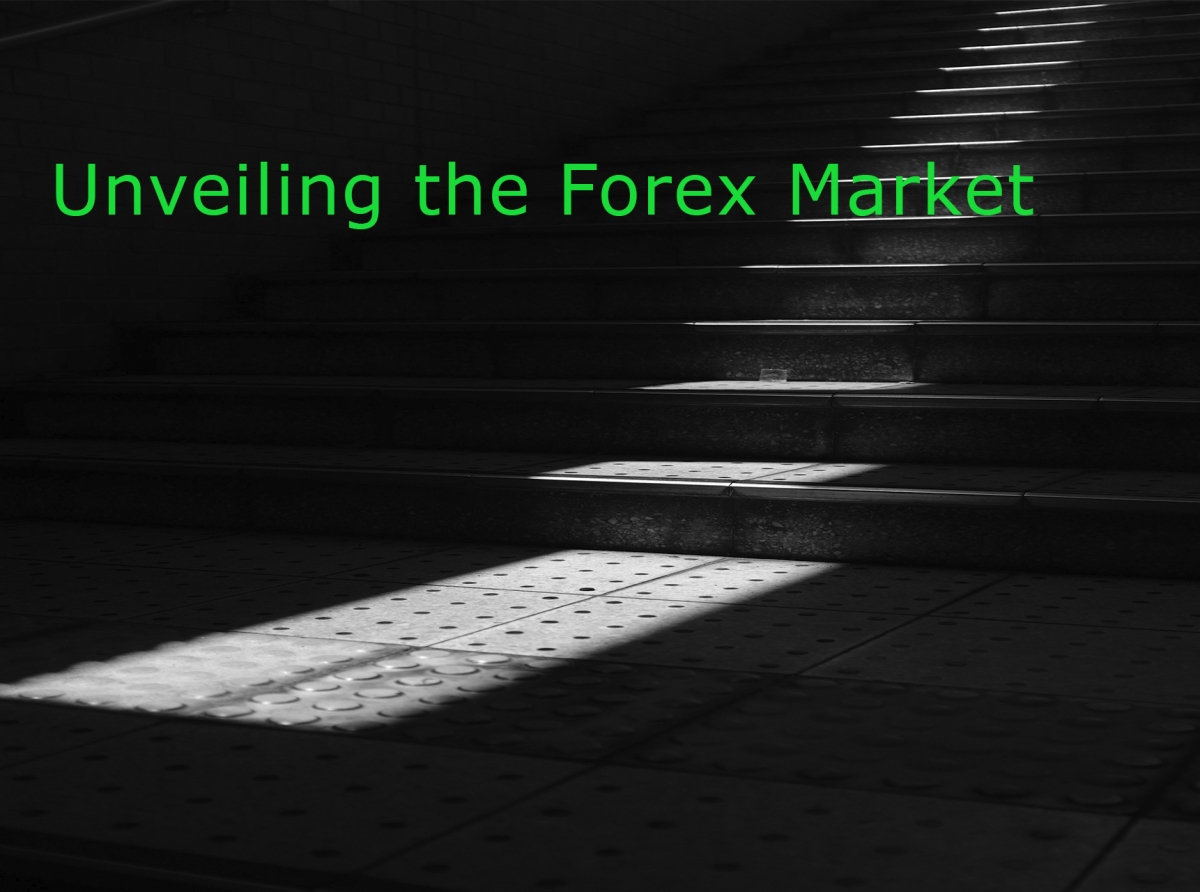Intriguing Historical Facts and Their Modern-Day Implications

Unveiling the Forex Market
Intriguing Historical Facts and Their Modern-Day Implications The foreign exchange (Forex) market is the lifeblood of global trade, enabling the seamless conversion of currencies across nations. While it’s now a technologically advanced, round-the-clock marketplace, its roots trace back to ancient history, intertwining economic, political, and cultural narratives. Let’s delve into the fascinating history of Forex and explore its impact on the modern financial landscape. Intriguing Historical Facts and Their Modern-Day Implications The Origins of Currency Exchange Currency exchange dates back to 2000 BCE in Mesopotamia, where traders bartered precious metals and commodities. The advent of standardized coinage around 600 BCE in ancient Lydia revolutionized trade, laying the groundwork for currency valuation. The modern concept of Forex began to take shape during the Renaissance, as Medici banks in Florence facilitated currency trading for merchants. Their innovative banco system allowed the exchange of diverse currencies, foreshadowing today’s global banks. The Gold Standard and Bretton Woods The 19th century introduced the gold standard, where currencies were pegged to gold reserves. This system provided stability but limited economic flexibility. Following World War II, the Bretton Woods Agreement of 1944 established fixed exchange rates, with the U.S. dollar as the primary reserve currency. This marked the transition to a dollar-centric world economy. The collapse of Bretton Woods in 1971 ushered in the era of floating exchange rates, where currency values are determined by market forces—a hallmark of modern Forex. Forex in the Digital Age The digitization of Forex began in the 1980s with the rise of electronic trading platforms, democratizing access for retail traders. In 1996, the introduction of MetaTrader transformed the market, offering tools for technical analysis and algorithmic trading. Famous Figures and Moments in Forex History One of the most renowned names in Forex is George Soros, who earned the title "The Man Who Broke the Bank of England" after his legendary $1 billion profit during the 1992 Black Wednesday crisis. Soros’ bold bet against the British pound is a testament to the power of strategic currency trading. Another intriguing personality is Nathan Mayer Rothschild, a 19th-century financier who leveraged his vast network of couriers to gain early access to news during the Napoleonic Wars, influencing currency and bond markets before his competitors. In a surprising twist, even historical events like the signing of the Louisiana Purchase in 1803 involved significant foreign exchange transactions, as France received $15 million in gold and silver in exchange for vast American territories. Modern-Day Implications Today, Forex is the largest financial market globally, with a daily turnover exceeding $7.5 trillion. This liquidity attracts institutional and retail traders alike, while advancements in artificial intelligence and big data analytics have revolutionized trading strategies. Understanding its historical evolution highlights the interplay between global economics and technology. Whether you’re a trader, policymaker, or financial enthusiast, the story of Forex is one of innovation, strategy, and resilience—a mirror to the ever-changing dynamics of global finance.Finance Trends, Bitcoin Evolution, Technological Innovations, Forex Market Dynamics, Investment Strategies









Report
My comments